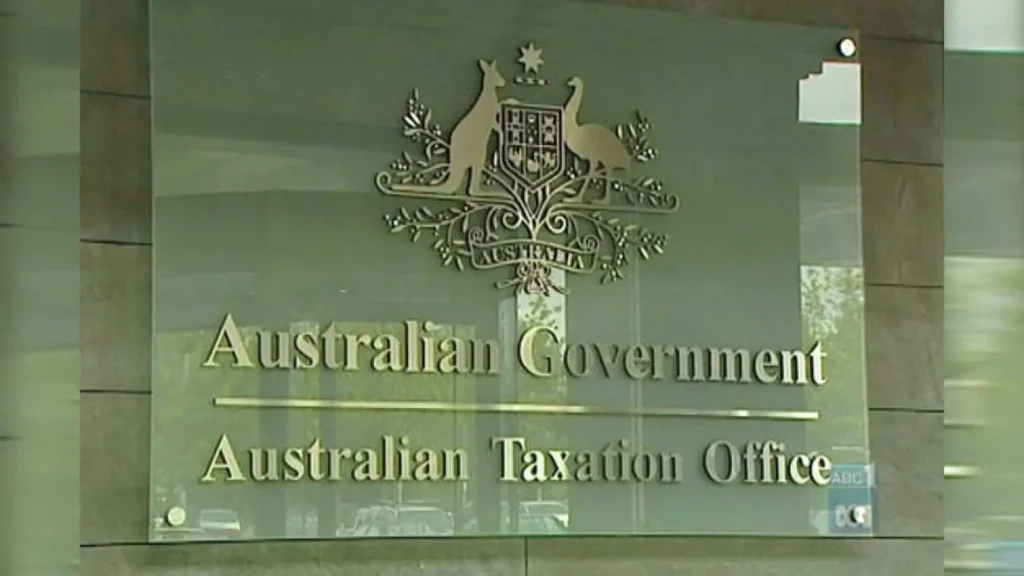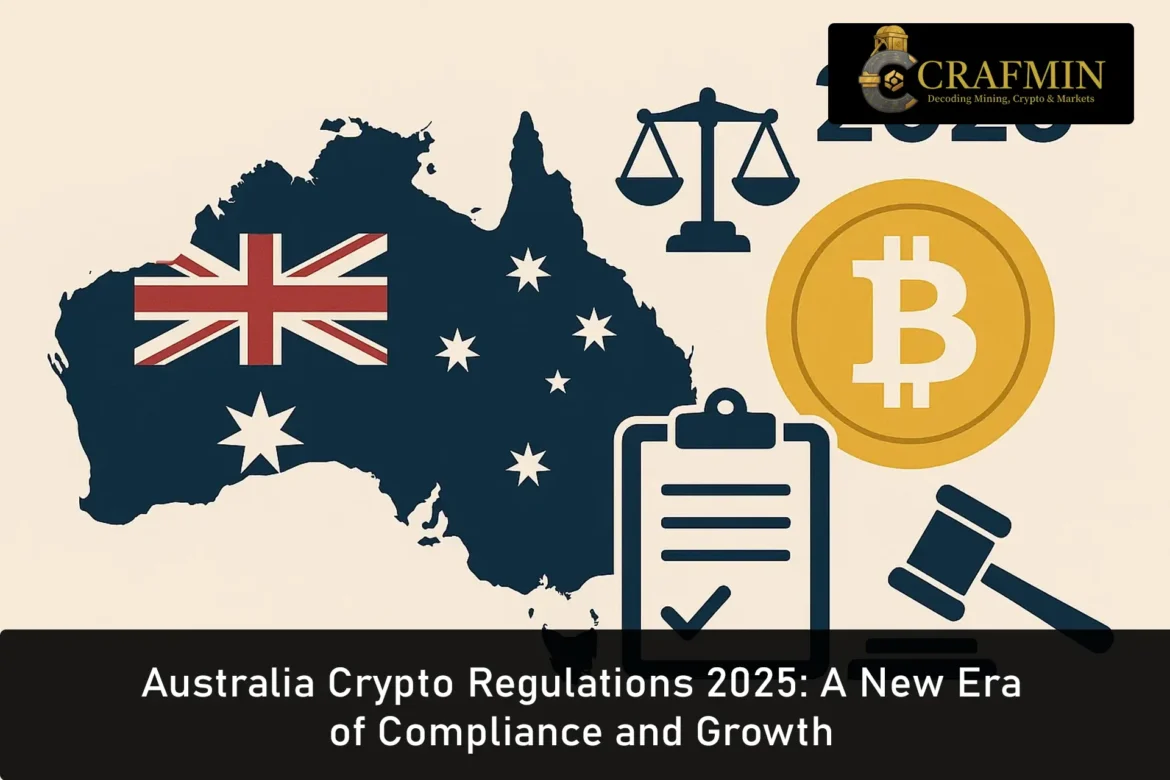Regulatory Milestones Shape Crypto Landscape in 2025
Australia crypto regulations have entered a transformative phase in 2025, signalling a major shift in policy and compliance. On May 23, 2025, the Australian government officially enacted the long-anticipated crypto regulatory reforms into law. These changes are designed to support innovation while ensuring digital asset compliance and consumer protection. This proactive stance stems from the broader goal of positioning Australia as a leading blockchain hub. On May 15, Treasurer Jim Chalmers announced a draft legislation framework, with public consultation planned for the third quarter of 2025. The final crypto regulation 2025 laws are expected to follow this period of feedback.

Introduction of New Licensing Requirements
In April 2025, mandatory licensing was introduced for Digital Asset Platforms (DAPs) across Australia. Under the new policy, exchanges, custody services, and brokers must now secure an Australian Financial Services Licence. These entities must meet minimum capital thresholds to continue operating legally. The new framework also designates payment stablecoins as stored-value products. While some smaller operators and software developers are exempt, most crypto-related businesses fall under the newly formed oversight structure. These changes reflect Australia’s pivot from a passive model to a more engaged regulatory approach.
Australia’s Government Perspective on Crypto
Government bodies such as ASIC and AUSTRAC are central to the Australia crypto policy update. ASIC remains focused on market integrity and investor protection, taking action against unlicensed activity. AUSTRAC continues to enforce anti-money laundering (AML) compliance across the digital asset sector. This coordinated approach enhances consumer confidence and legitimises the growing crypto industry. The strategic aim is to strengthen Australia’s standing in the global digital economy, while addressing concerns like debanking and financial crime.
Also Read: Australia Champions Critical Minerals and Security Partnerships at G7 Summit
Timeline of Major Digital Asset Compliance Changes
From the AML/CFT Act of 2006 to the recent 2025 reforms, Australia’s crypto oversight has evolved significantly. Key milestones include the 2018 DCE registration with AUSTRAC and the 2023 Digital Assets Market Regulation proposal. More recently, March 2025 saw exchanges and custodians come under full financial service rules. Each regulation represents a step toward robust compliance, helping shape the digital asset ecosystem for sustainable growth.
Crypto Licensing Rules and Exemptions
The Australia crypto regulations 2025 mandate that most digital asset services obtain a Market Licence. Platforms that trade or safeguard crypto assets must demonstrate financial soundness, security protocols, and risk management frameworks. Small startups and software-only developers are exempt from licensing, encouraging innovation without sacrificing accountability. This balance between flexibility and regulation aims to future-proof the crypto sector.

Crypto Tax Obligations for Australians
Under the Australian Tax Office (ATO), cryptocurrency is treated as a property or asset, making it subject to Capital Gains Tax (CGT). Whether selling, trading, spending, or gifting crypto, individuals must declare gains in their income tax returns. If held for over 12 months, investors may access a 50% CGT discount. Reporting for the 2024-2025 financial year is due by October 31, 2025. The ATO monitors transactions closely, with penalties imposed for tax evasion.
Current income tax rates are as follows:
| Income of Individual (AUD) | Tax Rate (%) |
| $0 – $18,200 | 0% |
| $18,201 – $45,000 | 16% |
| $45,001 – $135,000 | 30% |
| $135,001 – $190,000 | 37% |
| $190,001 and above | 45% |

Rising Crypto Adoption in Australia
Australia remains one of the world’s top crypto-adopting nations. In 2025, 32% of Australians own cryptocurrency, up from 28% in 2024. Around 75% of Australian crypto investors currently hold Bitcoin. An estimated 95% of Australians are aware of at least one type of digital currency. The Australian and Oceania crypto market is projected to generate US$1.2 billion in 2025. This growth trend is expected to continue, hitting US$1.4 billion by 2026 at a rate of 19.29%. Although the Australian government’s own crypto holdings are undisclosed, its focus remains on policy advancement and industry stability.
Looking Ahead: CBDCs and Further Innovation
The government is actively exploring Central Bank Digital Currencies (CBDCs) to enhance financial infrastructure. With ASIC and AUSTRAC leading regulatory efforts, the future promises a fine-tuned balance between consumer safety and technological progress.
Australia crypto regulations 2025 represent a significant leap toward formalising the digital asset industry. These developments will not only protect investors but also fuel innovation, cementing Australia’s role as a global crypto leader.

